During the nineteenth century, French artists such as Jean-Baptiste-Camille Corot (1796–1875), Jean-François Millet (1814–1875), and Charles-François Daubigny (1817–1878) captured the spirit of the French countryside in their graphic work. Many experimented with the new technique of cliché-verre (glass negative) to do so, thus combining elements of printmaking and photography. In 1921, the Parisian art dealer and publisher Maurice Le Garrec put together in a publication forty-one of these innovative prints by leading practitioners. This exhibition displays the complete set of these lush, expressive images of 19th-century France.
Preview the exhibition below | The top five exhibitions opening this week
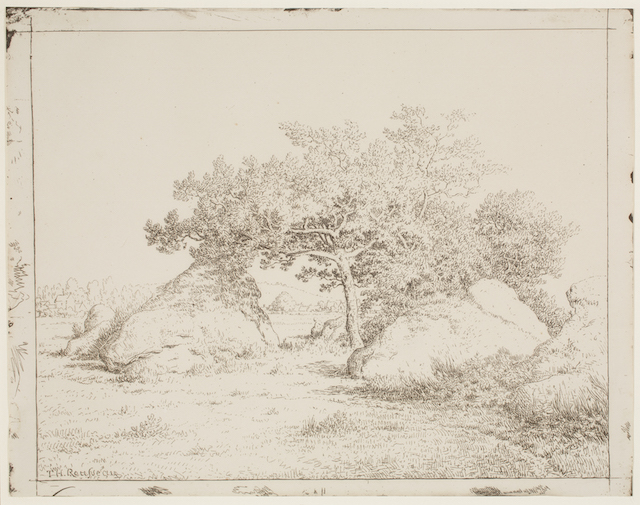
Cherry Tree at Plante-à-Biau, plate 39 of 40 from the portfolio Forty Clichés Verre (1862), Théodore Rousseau and Maurice le Garrec. Courtesy of Milwaukee Art Museum. Photo: John R. Glembin
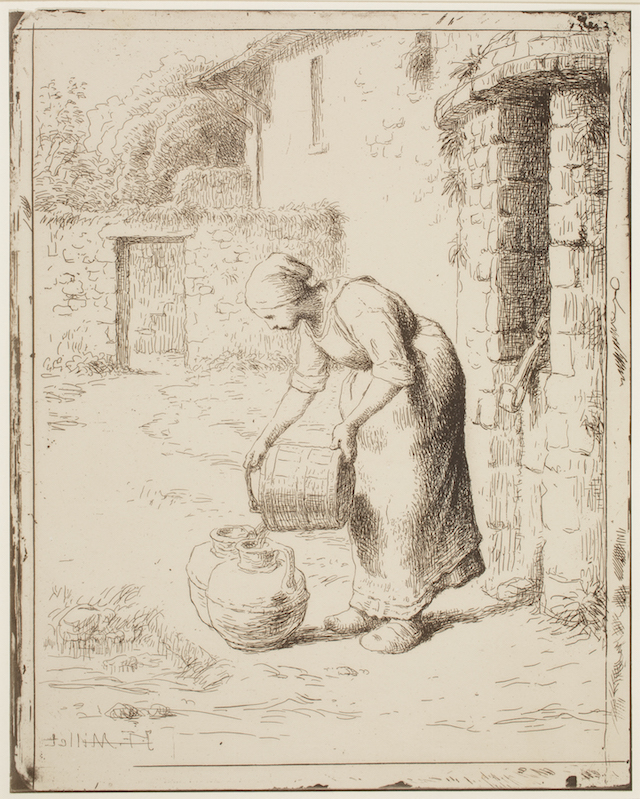
Woman Emptying a Bucket, plate 38 of 40 from the portfolio Forty Clichés Verre (1862), Jean-François Mille and Maurice le Garrec. Courtesy of Milwaukee Art Museum. Photo: John R. Glembin
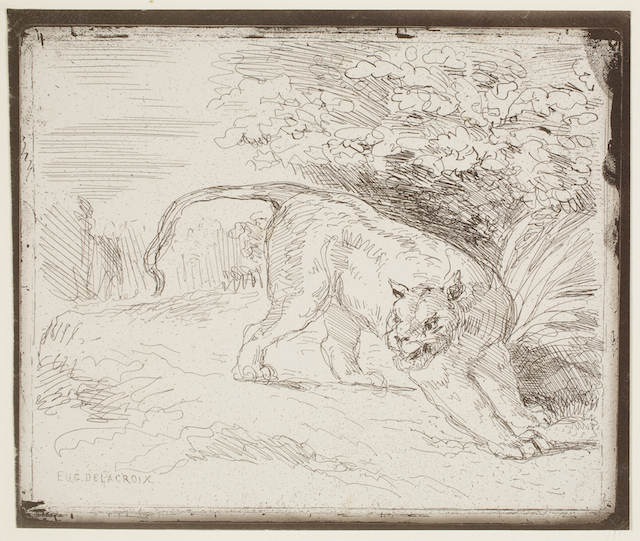
Tiger at Bay, plate 36 of 40 from the portfolio Forty Clichés Verre (1854), Eugène Delacroix. Courtesy of Milwaukee Art Museum. Photo: John R. Glembin
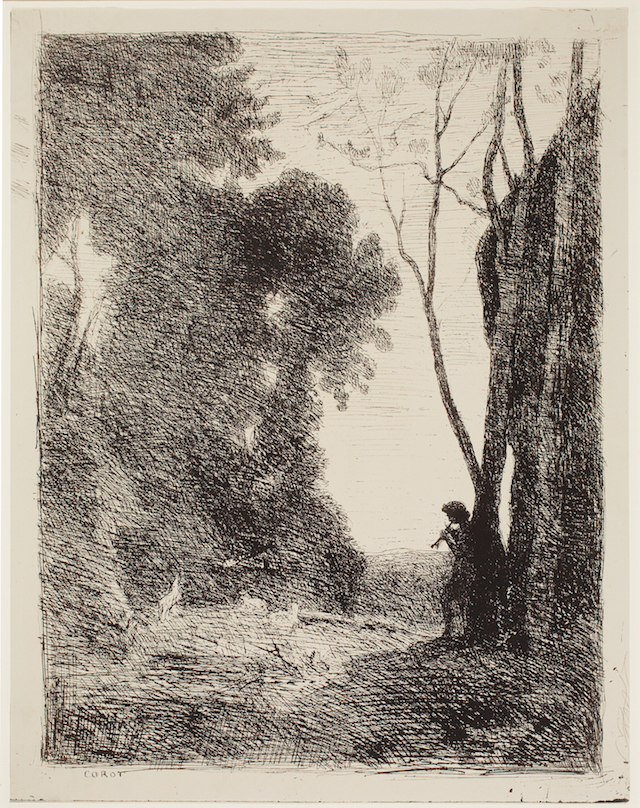
The Little Shepherd, 2nd Plate, plate 7 of 40 from the portfolio Forty Clichés Verre (1854), Jean-Baptiste-Camille Corot and Maurice le Garrec. Courtesy of Milwaukee Art Museum. Photo: John R. Glembin


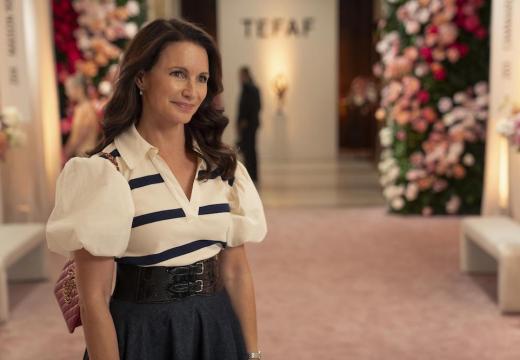
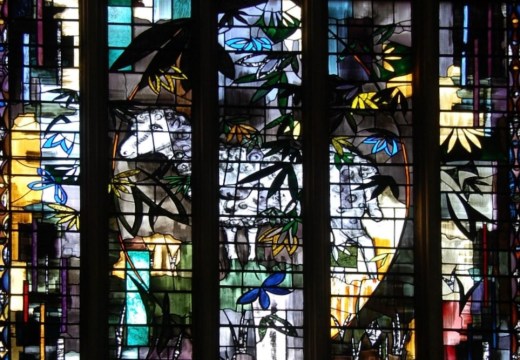
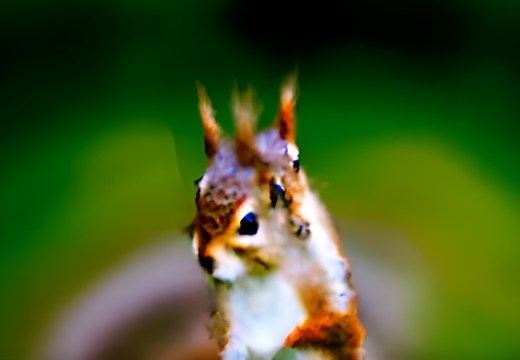

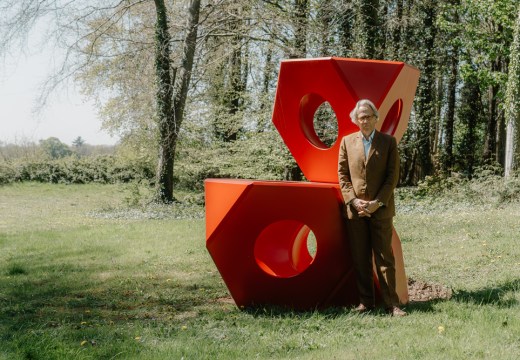

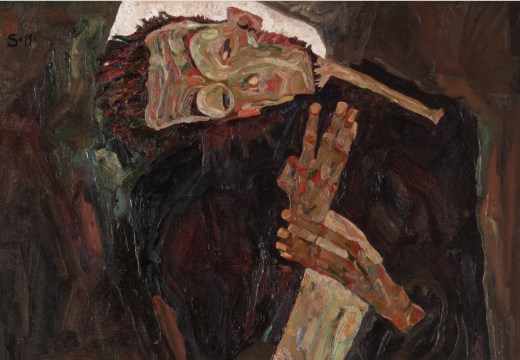

![Masterpiece [Re]discovery 2022. Photo: Ben Fisher Photography, courtesy of Masterpiece London](https://apollo-magazine.com/wp-content/uploads/2022/07/MPL2022_4263.jpg)
‘A revolutionary flame burned bright within him’: David Bindman (1940–2025)